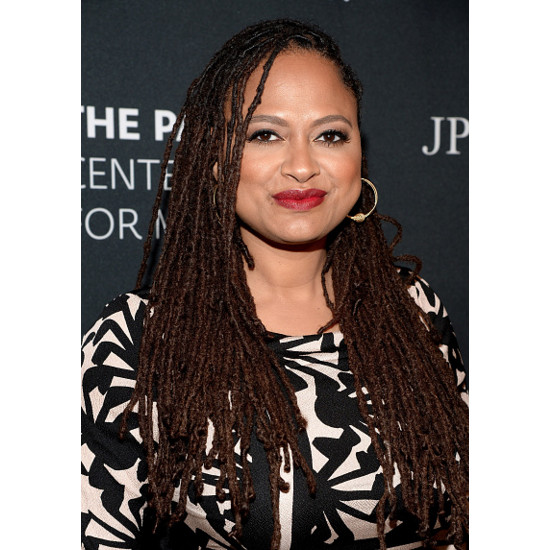
Named after cartoonist Alison Bechdel, The Bechdel Test asks if more than one woman appears in a work of fiction, and if they talk to each other about something other than a man. The term first appeared in Bechdel’s 1985 comic strip, Dykes to Watch Out For. Bechdel says that her ideas were inspired by the writings of Virginia Woolf and her good friend Liz Wallace.
The Bechdel Test, can also serve as a strong jumping off point for other intersectional conversations. In a recent article for The New York Times, which highlighted diverse films such as The Birth of a Nation, film critic Manohla Dargis coined a new term, The DuVernay Test. According to Dargis, the test, named for filmmaker Ava DuVernay, examines whether “African-Americans and other minorities have fully realized lives rather than serve as scenery in white stories.”
DuVernay herself was elated over the term.
Wow. Floored. What a lovely cinematic idea to embrace. What a thrill to be associated with it. Absolutely wonderful. https://t.co/zjoWBBIKVy
— Ava DuVernay (@AVAETC) January 31, 2016
Here’s to hoping that the DuVernay test serves as a new lens to examine film and television in the future.




